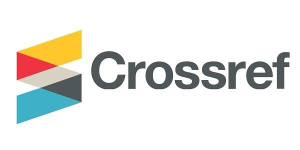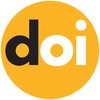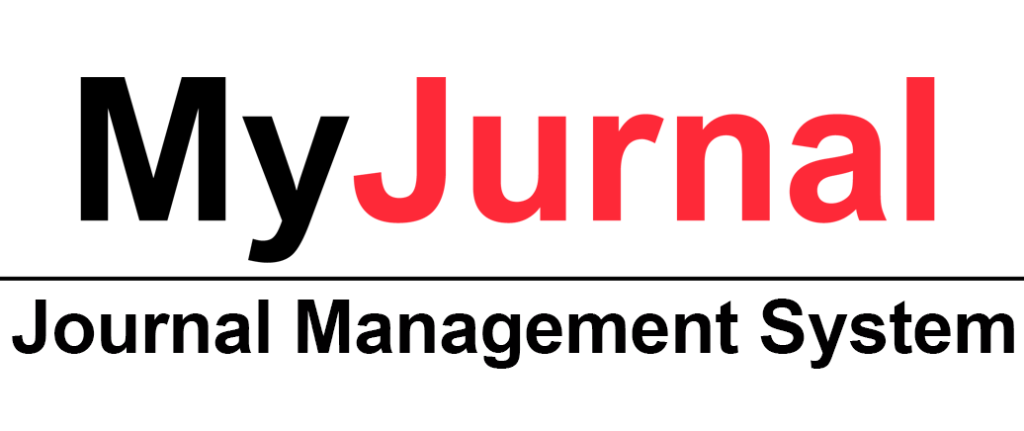Picture This! Boosting ESL Writing with Storyboards
DOI:
https://doi.org/10.31436/ijes.v13i2.614Keywords:
ESL writing, storyboard technique, CEFR PT3, visual literacy, student perspectivesAbstract
This study explores the use of storyboard templates as a visual learning tool to support ESL students
in writing the CEFR-aligned PT3 English Essay (Part 1). Storyboarding allows students to visualize,
plan, and organize their ideas in sequence, enabling them to write with greater confidence, clarity,
and creativity. Rooted in cognitive and constructivist learning theories and aligned with the
multiliteracies approach, the storyboard method promotes student-centered, multimodal engagement
in the writing classroom. A qualitative research design was employed, with data collected through
semi-structured interviews to investigate students’ perceptions and the impacts of using storyboard in
their writing process. Thematic analysis revealed three key findings: (1) improved writing skills,
particularly in structure and fluency, (2) enhanced confidence and time management, and (3) mixed
reactions regarding limited writing space and constrained idea expression due to fixed visuals. While
many students found the storyboard helpful as a guide for organizing ideas and managing time, some
felt restricted by the predetermined images and limited space for elaboration. Vocabulary limitations
also affected their ability to fully articulate their thoughts, especially when unfamiliar visuals were
used. Despite these challenges, most students acknowledged the storyboard’s usefulness in supporting
idea generation and essay planning. They also suggested expanding its use to other subjects, such as
Malay Language and History, to enhance comprehension and narrative skills across disciplines. This
study contributes to the field of ESL writing instruction by highlighting the pedagogical value of
visual tools. Storyboarding offers a practical shift from conventional text-heavy methods to a more
accessible and engaging model. However, its effectiveness depends on thoughtful implementation,
particularly in designing flexible templates and selecting culturally appropriate visuals that support,
rather than constrain, learners' expression.
Metrics
Downloads
Published
How to Cite
Issue
Section
License
Copyright (c) 2025 IIUM Press, International Islamic University Malaysia

This work is licensed under a Creative Commons Attribution 4.0 International License.
The Journal will own copyright to all published works and have the right of first publication, both in print and online, unless other arrangements are made with the Editors in advance. It is the author`s responsibility to ensure that where copyright materials are included within an article the permission of the copyright holder has been obtained beforehand.























